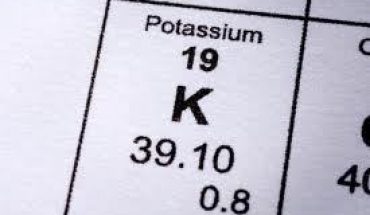Leukemia is referred to as cancer or any malignant disease in which there is an uncontrolled abundance of white blood cells in the bone marrow. Leukemia is normally grouped due to the cell line involved and the maturity of the malignant cells being acute or chronic, It may then be classified as lymphocytic, granulocytic or monocytic. The symptoms of leukemia are also associated with the classification of its group.
Causes of Leukemia
Although the cause of leukemia is not known, studies have linked leukemia to smoking, long-term exposure to chemicals such as benzene and formaldehyde, Down syndrome and prolonged exposure to radiation.
Acute Leukemia Symptoms
Acute Leukemia may be lymphocytic, granulocytic or perhaps monocytic. The difference, however, is that acute lymphocytic leukemia is one that usually affects young children and are uncommon after their 23rd year. Acute granulocytic leukemia, on the other hand, affects all age groups but mostly common amongst adults. Monocytic leukemia is uncommon but similar to granulocytic leukemia. The symptoms of acute leukemia may either be organ infiltration or bone marrow failure.
Organ infiltration symptoms may range from pain due to enlarged liver or spleen, headache when cancerous cells infect the patient’s central nervous system and vomiting and bone pain from expansion of marrow. Bone marrow failure symptoms may lead to weakness, paleness may result from anemia and fever, whilst skin and mucous membrane bleeding may occur in cases of thrombocytopenia. The inception may be subtle and last for several weeks or it may occur suddenly with high fever and hemorrhage. More serious symptoms of acute leukemia are severe infections, bleeding nose, confusion, loss of muscle control and seizures.
Chronic Leukemia Symptoms
Like acute leukemia, chronic leukemia can be either granulocytic or lymphocytic. While granulocytic leukemia affects young adult’s, chronic lymphocytic leukemia usually occur in patients over fifty years old.
Chronic leukemia is generally subtle and is usually discovered accidentally or as a result of the patient complaining about weakness, unusual bleeding, or pain or mass in the left abdomen due to splenomegaly. In the initial stage, the symptoms of leukemia are revealed only by a large spleen as well as the patient feeling full and eating less resulting in weight loss. Later, the patients may look pale, experience bone tenderness and a huge spleen extending into the pelvis. Bacterial infections sometimes attack patients because they have impaired synthesis of antibodies resulting in hypogammaglobulinemia.
Other Symptoms
These include poor blood clotting as a result of white blood cells squeezing out blood platelets, night sweats, blurred vision, flu-related symptoms and tiredness. Shortness of breath, small red spots under the skin, as well as tender and swollen lymph nodes, particularly in the neck and armpit, may also occur.
Leukemia symptoms may differ among patients with chronic and acute leukemia. Chronic Leukemia may be subtle in its initial stages or the symptoms are mild due to the cells affected by leukemia hich are wstill functioning normally. Patients affected by acute leukemia are plagued with symptoms that are more visible and these increase rapidly.
The symptoms of leukemia are common among other diseases and infections, therefore, the diagnosis of a doctor is the only way to determine leukemia.





